7 Best Computer Vision Development Libraries
Explore top computer vision libraries like OpenCV, TensorFlow, and CAFFE, powering diverse applications from facial recognition to autonomous vehicles. This guide covers features, use cases, pros, and cons, helping developers select tools for projects in fields like healthcare, robotics, and more.
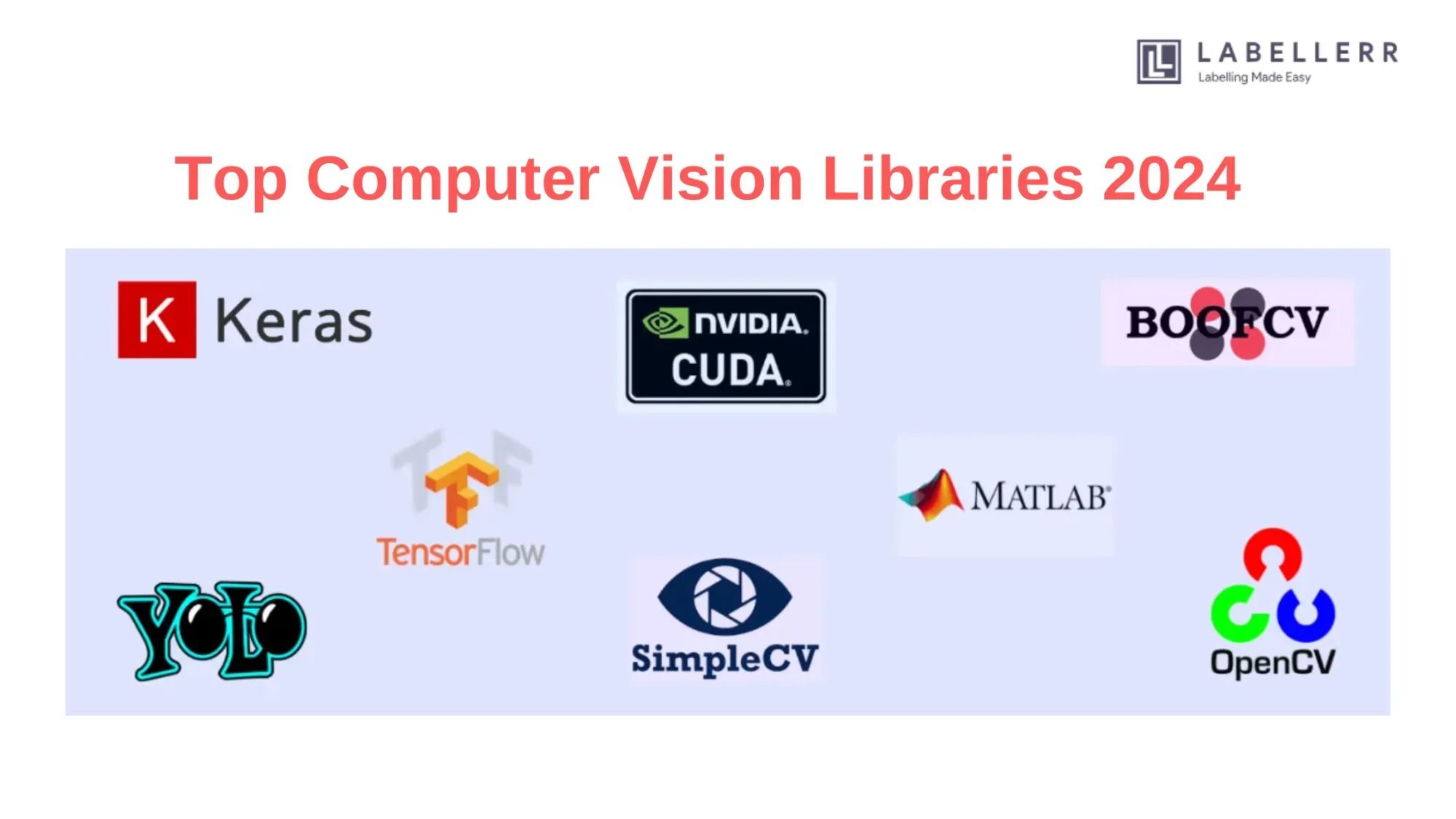
Introduction
Computer Vision (CV) is changing how machines perceive and interpret visual information.
Computer vision enables machines to "see" and understand the world, much like the human visual system.
At the heart of this transformative field are specialized software tools known as computer vision libraries.
Computer vision libraries are essential for developers and researchers who need visual data in various applications.
These libraries provide a collection of pre-built algorithms, functions, and tools, simplifying the complex image and video analysis process.
Their significance lies in their ability to address a wide range of tasks, from facial recognition to object detection, making computer vision accessible to diverse industries.
From surveillance systems enhancing security to autonomous vehicles navigating roads, computer vision plays a major role in shaping the future of technology.
Let's explore some popular computer vision libraries, each contributing uniquely to the advancement of visual intelligence.
We will examine their features, use cases, and the impact they have on industries ranging from healthcare to robotics.
Table of Contents
- Introduction
- OpenCV
- TensorFlow
- BoofCV
- SimpleCV
- CAFFE
- Detectron 2
- OpenVINO
- Conclusion
- Frequently Asked Questions
7 Most Popular Computer Vision Development Libraries in 2024
1. OpenCV
OpenCV (Open Source Computer Vision Library) is a popular open-source library for computer vision and image processing tasks. It offers tools for face detection, image recognition, and object tracking.

Developers use OpenCV for applications like augmented reality, robotics, and medical imaging. It supports multiple programming languages like Python, C++, and Java, and works on various platforms, including Windows, macOS, and Linux.
Top Features:
- Wide range of image and video processing functions.
- Cross-platform compatibility.
- Integration with deep learning frameworks.
- Supports GPU acceleration for faster processing.
Pros:
- Free and open-source.
- Active community support.
- Extensive documentation.
- Works with multiple programming languages.
Cons:
- Steep learning curve for beginners.
- Limited support for advanced deep learning tasks.
Pricing:
- Free to use under the BSD license.
G2 Reviews:
- Users praise its flexibility and performance in image processing tasks.
- Some find the initial setup and learning challenging.
2. TensorFlow
TensorFlow is a leading open-source machine learning framework developed by Google. It supports tasks like image recognition, natural language processing, and reinforcement learning.
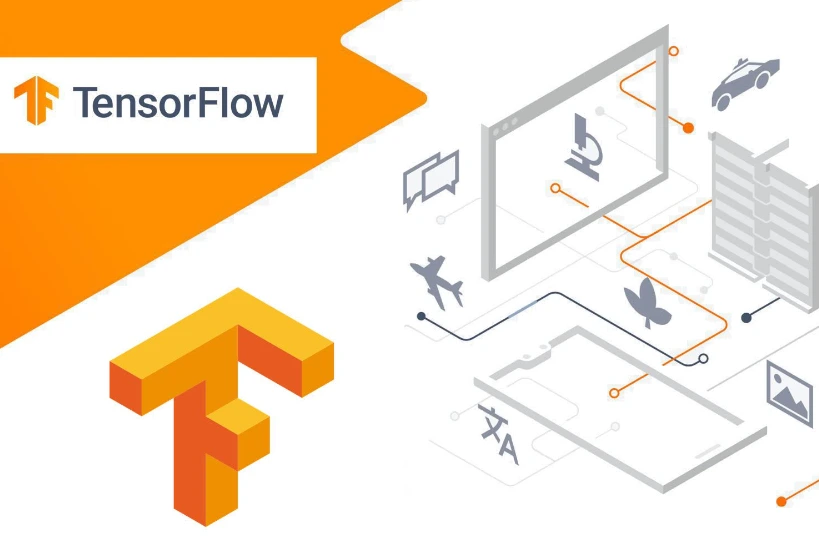
TensorFlow is widely used in computer vision projects due to its advanced deep learning capabilities and scalability. It works on different platforms, including mobile devices and edge computing.
Top Features:
- Pre-trained models for quick deployment.
- TensorFlow Lite for mobile and edge devices.
- Visualization tools with TensorBoard.
- Support for both CPUs and GPUs.
Pros:
- Large community and ecosystem.
- Excellent documentation and tutorials.
- Scalable for large datasets.
Cons:
- High learning curve for beginners.
- Complex API compared to some alternatives.
Pricing:
- Free and open-source under the Apache 2.0 license.
G2 Reviews:
- Users appreciate its scalability and wide range of tools.
- Some find the debugging process cumbersome.
3. BoofCV
BoofCV is a lightweight and fast computer vision library for real-time applications. It is written in Java and designed for ease of use.
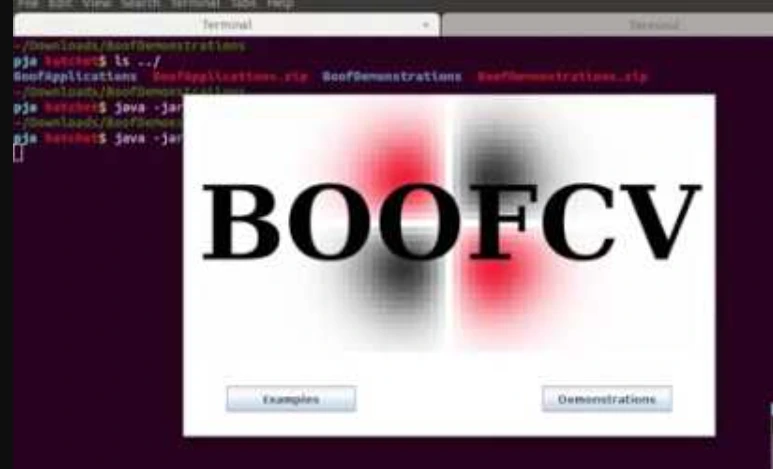
BoofCV is ideal for robotics, 3D vision, and scientific research. It supports tasks like feature detection, camera calibration, and image segmentation.
Top Features:
- Real-time processing capabilities.
- Built-in support for geometric vision.
- Simple APIs for quick integration.
Pros:
- Easy to use for Java developers.
- Lightweight and efficient.
- Focused on real-time applications.
Cons:
- Limited community support compared to larger libraries.
- Fewer advanced features for deep learning.
Pricing:
- Free and open-source.
G2 Reviews:
- Users value its simplicity and speed.
- Some feel the lack of extensive documentation limits its potential.
4. SimpleCV
SimpleCV is a Python-based framework that simplifies computer vision tasks. It is beginner-friendly and provides tools for image processing, object tracking, and feature detection. SimpleCV is ideal for those starting with computer vision.
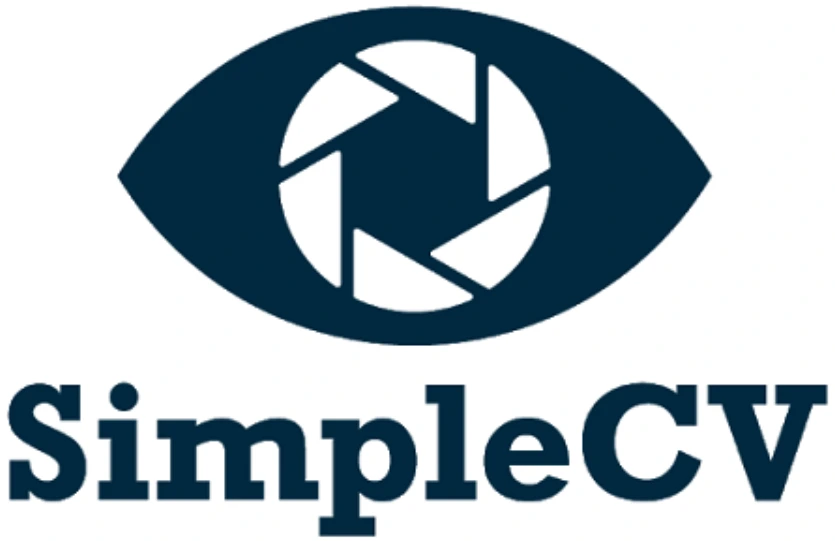
Top Features:
- Easy-to-understand APIs.
- Built-in functions for common image processing tasks.
- Good integration with Python libraries.
Pros:
- Beginner-friendly.
- Quick to set up and use.
- Great for prototyping.
Cons:
- Limited updates and support.
- Not suitable for advanced applications.
Pricing:
- Free and open-source.
G2 Reviews:
- Users love its simplicity for learning.
- Some wish for more frequent updates.
5. CAFFE
CAFFE (Convolutional Architecture for Fast Feature Embedding) is a deep learning framework focused on speed and modularity. Developed by the Berkeley Vision and Learning Center, CAFFE is widely used for image classification and object detection.

Top Features:
- High-speed processing.
- Modular architecture for flexibility.
- Pre-trained models for quick start.
Pros:
- Very fast for image-related tasks.
- Great for academic and research purposes.
- Strong performance on GPUs.
Cons:
- Limited support for NLP and non-image tasks.
- Slower development compared to newer frameworks.
Pricing:
- Free and open-source under the BSD license.
G2 Reviews:
- Users highlight its speed and efficiency.
- Some note the lack of updates and community support.
6. Detectron 2
Detectron 2 is a cutting-edge library by Facebook AI for object detection and segmentation. It is based on PyTorch and supports state-of-the-art models. Developers use it for tasks like instance segmentation, keypoint detection, and panoptic segmentation.
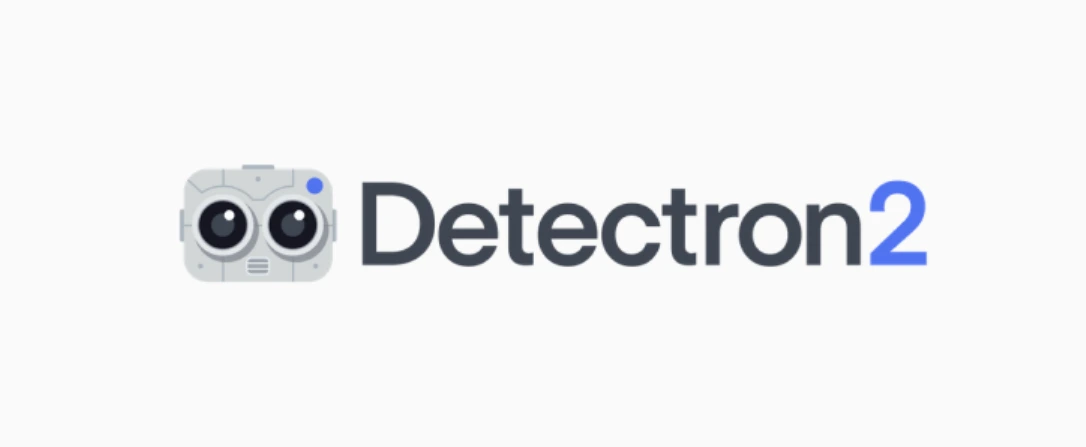
Top Features:
- Advanced object detection and segmentation.
- Built-in support for custom datasets.
- GPU acceleration for faster training.
Pros:
- Supports the latest research models.
- High accuracy in detection tasks.
- Flexible and customizable.
Cons:
- Requires expertise in PyTorch.
- Resource-intensive for training.
Pricing:
- Free and open-source under the Apache 2.0 license.
G2 Reviews:
- Users praise its performance and flexibility.
- Some find the setup and learning curve steep.
7. OpenVINO
OpenVINO (Open Visual Inference and Neural Network Optimization) is Intel’s toolkit for deploying AI models. It optimizes deep learning models for edge devices, offering high performance for tasks like image recognition and object detection.
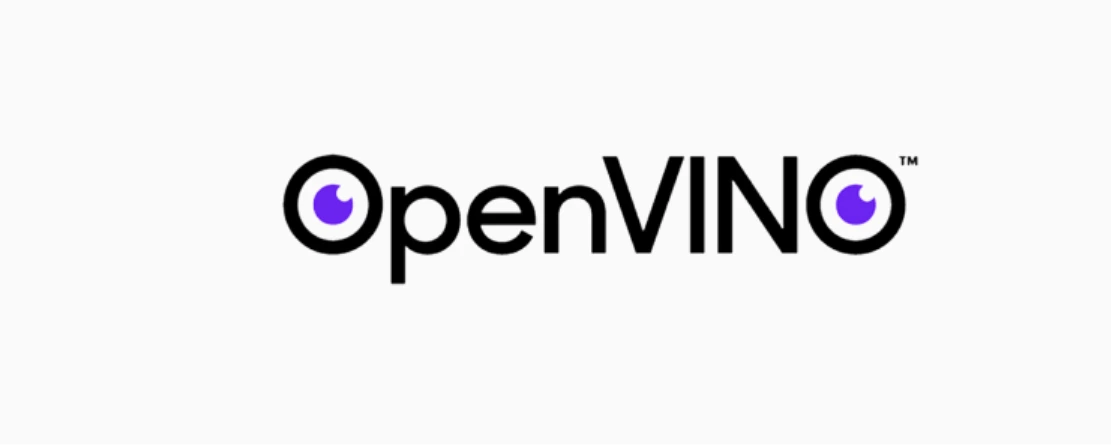
Top Features:
- Optimization for Intel hardware.
- Pre-trained models for various applications.
- Supports heterogeneous computing.
Pros:
- Boosts inference speed on Intel devices.
- Easy integration with edge applications.
- Comprehensive toolkit for deployment.
Cons:
- Best performance limited to Intel hardware.
- Less suitable for training models.
Pricing:
- Free and open-source under the Apache 2.0 license.
G2 Reviews:
- Users love its speed on Intel devices.
- Some mention compatibility limitations with non-Intel hardware.
Similar to OpenCV, Tensorflow supports many languages, including Python, C, C++, Java, and JavaScript.
Use Cases of OpenCV
TensorFlow is one of the simplest computer vision tools that enables users to create machine learning models for computer vision-related tasks such as:
(i) Object identification
(ii) Picture categorization
(iii) Facial recognition
Pros
1. The platform is open-source and free of cost.
2. It supports a variety of languages.
3. It offers regular upgrades with new features and enhancements
4. Strong features and effective operation
Cons
1. This toolkit consumes a lot of resources.
Conclusion
The world of computer vision is evolving rapidly, shaping the way machines understand and interpret visual information.
We explored several popular computer vision libraries, each with its unique features, use cases, and impact on diverse industries.
From the widespread adoption of OpenCV with its extensive algorithmic support to TensorFlow's role in machine learning-driven applications, these libraries play a vital role in real-world applications such as object detection, facial recognition, and image segmentation.
BoofCV, SimpleCV, CAFFE, Detectron2, and OpenVINO further contribute to the field of computer vision, each catering to specific needs and applications.
These libraries are making significant strides in areas like real-time applications, image association, mosaics, and 3D structure estimation.
Whether it's open-source community support, ease of use, or specialized optimizations for specific hardware, these libraries collectively contribute to the ongoing revolution in computer vision.
Computer vision libraries are empowering developers to create innovative solutions that enhance our daily lives, from improving surveillance and autonomous vehicles to enabling breakthroughs in healthcare and robotics.
Frequently Asked Questions
1. What is a computer vision library?
A computer vision library is a collection of pre-built algorithms, functions, and tools designed to facilitate the development and implementation of computer vision applications.
These libraries provide a framework for processing visual data, enabling tasks such as image and video analysis, object detection, facial recognition, and more.
Developers and researchers utilize these libraries to streamline the complex process of coding algorithms, leveraging existing tools for tasks related to visual perception.
2. What advancements have shaped the computer vision landscape in 2023?
In 2023, the computer vision field has witnessed significant advancements driven by breakthroughs in deep learning, edge computing, and model optimization.
Continued progress in convolutional neural networks (CNNs) has enhanced object detection and image classification accuracy, while attention mechanisms and transformer architectures have contributed to an improved understanding of complex visual contexts.
Edge computing technologies have enabled real-time processing on devices, reducing reliance on cloud computing for certain applications.
Additionally, increased focus on ethical AI and responsible deployment has led to the development of more transparent and interpretable computer vision models, fostering trust and accountability in the field.
3. What is the future of computer vision?
The future of computer vision holds tremendous promise, marked by advancements in areas such as autonomous systems, augmented reality, and healthcare.
Continued progress in deep learning, particularly with more sophisticated neural network architectures, is anticipated to further enhance object recognition, scene understanding, and natural language integration.
Edge computing will play a pivotal role, enabling real-time processing and decision-making on devices, and contributing to the widespread adoption of intelligent systems in various industries.
Ethical considerations, transparency, and responsible AI practices are expected to become integral components of computer vision development, ensuring the technology's positive impact on society.
As computer vision continues to evolve, its applications are likely to expand, revolutionizing fields like robotics, personalized healthcare, and immersive digital experiences.

Simplify Your Data Annotation Workflow With Proven Strategies
.png)


